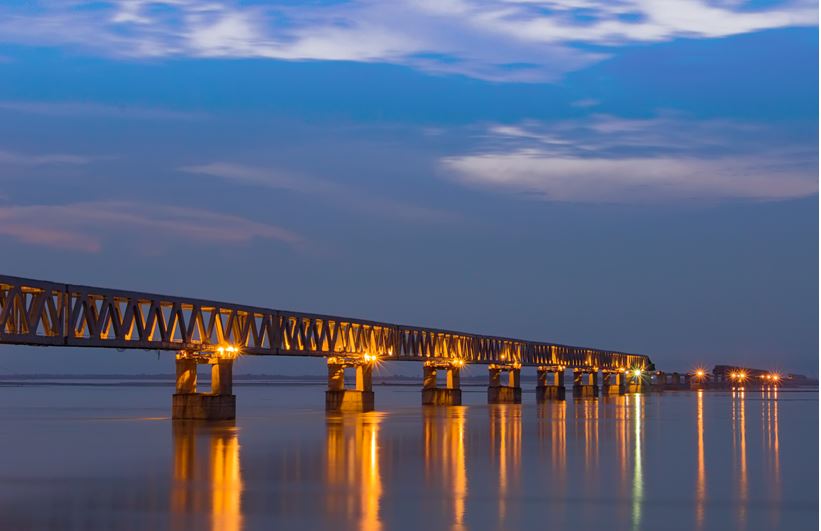Infrastructure has been a priority for the NDA government in the last six years. It has made a significant investment in public transport, highway construction, railways, water transport, and air connectivity. The large public investment in infrastructure was supported by oil bonanza, which the Modi government got in its initial years due to the slump in crude oil prices.
However, despite the significant investment in the last six years, India still has one of the poorest infrastructure when compared to developed economies like the United States or developing countries like China. There is significant space for investment in infra, which could lead to large scale employment and revive the economic growth as well.
Today, the Brent crude fell to $30 per barrel, one of the lowest in the last few years, and expected to fall further as Saudi Arabia has launched price war after Russia refused to cut production. The Saudi led OPEC wanted to cut the production by 1.5 million barrel per day, or 1.5 per cent of the total global oil output, to maintain stable price in the international market, and wanted Russia– one of the largest oil exporters- to cooperate. However, in order to destroy US shale oil industry and teach Trump a lesson, Russia refused and this triggered price wars with Saudi announcing discount on prices and increase in production, which took the price down to $30 per barrel.
India, which spends its hard-earned foreign exchange on purchase of oil, is poised to save billions of dollars with fall in prices. As a rule of thumb, with every fall of $10 per barrel in prices, the country saves $2.5 billion in fuel subsidies. With the fall in the prices, the consumer as well as the Indian government will benefit.
In the last fiscal year, India spent $111 billion or 22.2 per cent of total import on oil bills. With the fall in oil prices to almost half of last year, the country would save around 50 billion and this money could be spent to finance the country’s infrastructure dream.
The Modi government has decided to spend 102 trillion rupees on infrastructure in the next five years, as promised in the BJP’s 2019 general election manifesto. In January this year, Finance Minister Nirmala Sitharaman launched National Infrastructure Pipeline (NIP), under which the government has identified 23 sectors across 18 states and union territories, where projects worth 102 trillion rupees investment is planned for the next five years.
If the oil prices remain stable, the country would save $50 billion or 3 lakh crore rupees every year and this means that the government could double its contribution in the infrastructure and reliance on private sector could be minimized.
The second factor which comes to support the infrastructure dream of India is the availability of cheap capital in the global market. Today, the US government bonds are trading at a near-zero interest rate which means, the government will not give you a single penny for investment in bonds, and it will just keep your money safe. Interest rates in the majority of developed countries are near zero or negative, and investors are looking for avenues to park money in any project where they can get minimal return.
The Global market is floated with cheap excess capital and developing economies like India could afford to tap this cheap capital to finance infra dream. The finance minister said that 39 per cent of 102 trillion rupees spending would come from central government, a similar amount will be spent by the state governments while the rest 22 per cent from the private sector.
The Modi government’s ambitious target to invest $100 trillion in the next five years will help to achieve the $5 trillion economy by 2024 goal. The precedence of China and other East Asian economies show that investment in infrastructure is the most crucial factor for sustained economic growth. And given the fact that the global environment is conducive thanks to cheap oil and cheap capital, the government could increase its investment in infra as well as tap the global capital for it.
